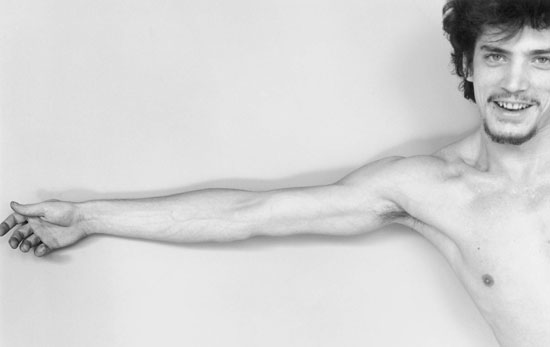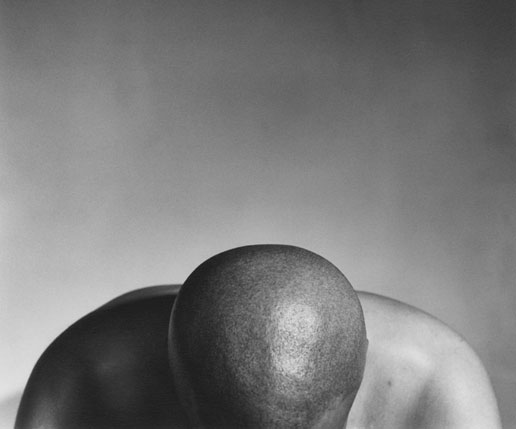Mapplethorpe, revisited
October 18, 2012
It was an L.A. coup when some 2,000 photographs by Robert Mapplethorpe ended up with the Los Angeles County Museum of Art and the J. Paul Getty Trust. Now art fans will get their first glimpse of that trove, as two small-but-revealing shows of Mapplethorpe’s work open in the next few days at the museums, with images from the classical to the infamous.
The $30 million-plus collection—which is expected to yield an even bigger and more comprehensive show in 2016 at the two museums—was jointly acquired from the Robert Mapplethorpe Foundation last year.
“[LACMA Director] Michael Govan had worked with the foundation during his time at the Guggenheim in New York,” says LACMA photo department curator Britt Salvesen. “He knew the value of the archives, and knew they would eventually need a repository.
“Flash forward to L.A., where he made the case that if LACMA were to partner with the Getty, they would have an ideal situation,” Salvesen remembers. “At the Getty Research Institute, the artwork would be accessible to researchers and could be seen with other archives that have a relationship to it. At the same time, the two museums would be great repositories for Mapplethorpe’s body of work, because at the Getty, it could be seen in the context of art history and classicism, and at LACMA, it could be seen with the art of the 1980s.”
This month’s shows—opening October 20 at LACMA and October 23 at the Getty Center—represent the first pass at that massive archive, which also includes hundreds of drawings and assemblages by Mapplethorpe, more than 1,000 un-editioned silver gelatin prints, more than 100,000 negatives, several films, voluminous documentation and correspondence, videotaped interviews and more.
As had been the case for most of the artist’s career, at least some of the work will be shown with parental warnings. LACMA’s show—shielded by interior walls and introduced by a pair of quotes from the obscenity trial it set off in 1990—will feature Mapplethorpe’s notorious X,Y and Z Portfolios, three sets of sexually charged, black-and-white photos themed, respectively, around homoerotic sadomasochism, floral studies and African-American male nudes.
Meanwhile at the Getty, another cache of 23 images will span Mapplethorpe’s career from early collages and Polaroids to his signature staged, classic nudes from the 1980s. “In Focus: Robert Mapplethorpe,” also will showcase Mapplethorpe’s social circle, including now-famous photos of his friend and early lover, Patti Smith.
Now regarded as one of the 20th century’s most influential fine art photographers, Mapplethorpe has been a controversial figure in the decades since his death at age 42 from AIDS complications in 1989. Some critics have viewed his stylized, black-and-white portraits and studies as groundbreaking, while others have excoriated their content as exploitative and pornographic.
The portfolios being exhibited at LACMA, for instance, ignited one of the hottest battles of the culture wars in 1990, when the late Sen. Jesse Helms (R-N.C.) denounced the National Endowment of the Arts for having helped underwrite their display in Philadelphia. The ensuing uproar spawned an obscenity trial in Cincinnati. (The museum director was ultimately acquitted.)
The Santa Monica Museum of Art displayed the X Portfolio as part of a restaging of that controversial exhibition in 2000, but otherwise the images have been rarely shown.
Salvesen predicts this month’s shows, and those to come, will move Mapplethorpe’s legacy beyond social controversy toward a broader perspective on his place as an artist. She points to younger artists whose work has built on and responded to Mapplethorpe’s, such as Catherine Opie and Glenn Ligon, and predecessors such as Edward Kienholz, whose work—also once known for its shock value—has stood the test of time.
“We’re trying to point forward in some sense to how Mapplethorpe can be seen from now into the future,” she says, “to the continued influence his work might have on other artists, as well as on our culture and society.”
Posted 10/18/12
















 405 bridge work causes a stink
405 bridge work causes a stink